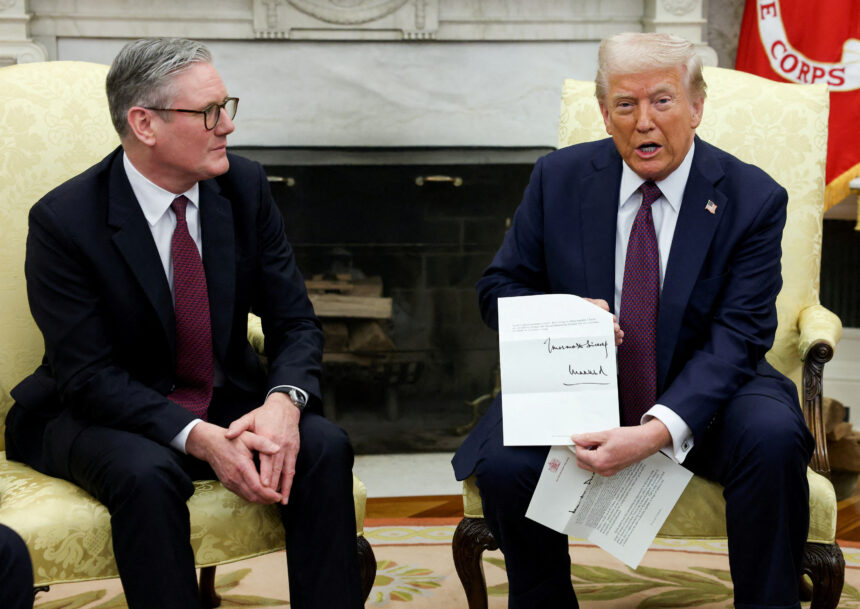U.S. President Donald Trump’s first 100 days of his second term have left European leaders grappling with mounting uncertainty, especially in terms of trade and foreign policy. As his administration navigates unpredictability, the European Union (EU) faces significant challenges that threaten its stability and economic growth. Here are the key issues that have shaken the EU over the past three months.

1. Unpredictable Trade Policies
Trump’s trade policies have already made a mark in Europe. Initially, he imposed a blanket 20% tariff on U.S. exports from the EU, but later reduced the duties temporarily to allow for negotiations. Despite this pause, ongoing tariff threats on aluminum, steel, and autos continue to create instability. The EU has been preparing counter-measures, but a full resolution is still uncertain. As tensions rise, Europe faces potential economic fallout due to these unpredictable policies.
2. Economic Uncertainty and Inflation Concerns
European economic growth is taking a hit due to ongoing trade tensions. The uncertainty surrounding Trump’s tariffs and their long-term effects on inflation has left European Central Bank (ECB) policymakers uneasy. Robert Holzmann, the governor of Austria’s central bank, remarked that such uncertainty hasn’t been seen in years, affecting decisions related to interest rates and monetary policy. Klaas Knot, President of The Netherlands Bank, compared this turmoil to the early stages of the COVID-19 pandemic, further underlining the seriousness of the situation.
3. EU Leaders’ Strained Relations with the U.S.
As Trump continues to pursue an aggressive foreign policy, relations between the EU and the U.S. have become increasingly strained. While some EU leaders remain hopeful that the relationship won’t reach crisis levels, the unpredictability of the situation has led to frustrations. Acting German finance minister Joerg Kukies noted that it would take more than just tariff issues to break the trust between the U.S. and the EU, though the tension remains palpable.
4. Uncertainty Over U.S. Support for Ukraine
Trump’s stance on the Russia-Ukraine war has raised alarms in Europe. While the EU has remained one of Ukraine’s strongest supporters, the uncertainty regarding U.S. support has added a new layer of concern. Kaja Kallas, the EU foreign policy chief, expressed concern that if the U.S. pulls back from supporting Ukraine, it would become much harder for Europe to sustain its support, particularly regarding military capabilities. The lack of progress on peace talks, despite Trump’s earlier claims of a quick resolution, has left European leaders searching for new ways to manage the crisis.
5. A Divided Approach to Russia
Trump’s approach to Russia and its actions in Ukraine remains controversial. While the U.S. administration has engaged in ceasefire talks, these have yielded limited results. EU leaders, like Kallas, have emphasized the need for increased pressure on Russia to push for peace. However, the lack of clear U.S. commitment to these efforts has left the EU in a vulnerable position, trying to balance diplomatic efforts while managing its own response to the ongoing conflict.
Trump initially said he would end the war within a day, but has since rowed back those comments. While his administration did begin conversations about a ceasefire deal quickly, there has been limited progress.
Kallas on Monday said more pressure needed to be put on Russia to push the country towards wanting peace.
Conclusion
Trump’s first 100 days in his second term have made it clear that Europe faces a future of increasing geopolitical instability, trade uncertainty, and unpredictable policy shifts. While some leaders remain optimistic that the U.S.-EU relationship can withstand these pressures, the road ahead will be challenging. Europe must brace for continued volatility and work towards a united response to safeguard its economic and political interests.









